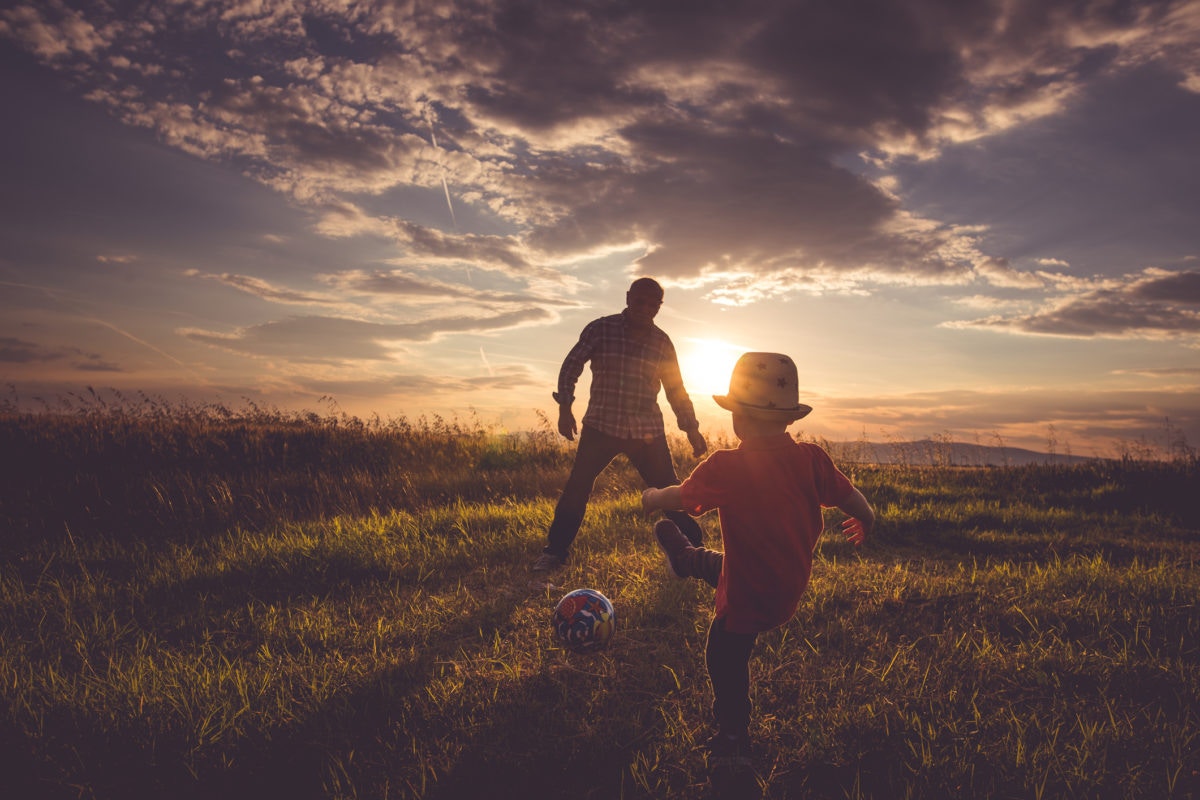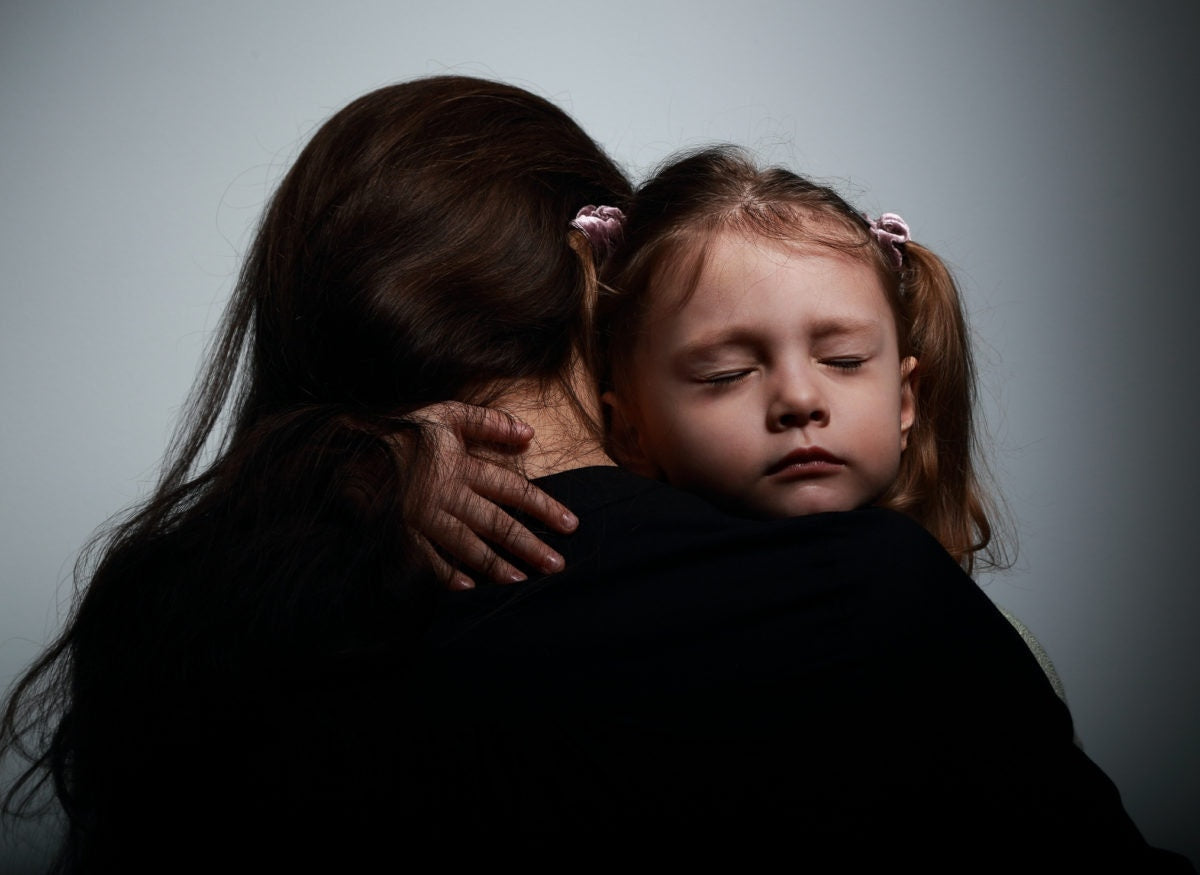Have you noticed that more and more people are wearing glasses these days? Throughout the world there is a nearsightedness, or myopia, epidemic. This condition is when individuals need corrective lenses to see objects far away. The blurry vision is the result of the eye growing too long for distant rays of light to focus accurately on the back of the eye. Myopia can potentially lead to serious eye diseases later in life, such as retinal detachment or degeneration.
It is estimated that about one-third of the world's population are nearsighted. Nearly half of young adults in the United States and Europe are nearsighted, which is twice the amount from a half century ago. For years, researchers have been trying to identify the reason for the rise in vision problems. Could it be all the computers, video games, and texting? Although that is the most obvious culprit, scientists have now found a fascinating link between the amount of time children spend outside and their eyesight.
Scientists reviewed data for nearly 5,000 children over 20 years as part of the Collaborative Longitudinal Evaluation of Ethnicity and Refractive Error (CLEERE) Study funded by the National Eye Institute. They made the following conclusions:
- If a child has two nearsighted parents, the hereditary genetic effects increase the child's chances of needing corrective lenses to about 60 percent if they spent little time outdoors.
- More time outdoors, about 14 hours per week, can nearly remove genetic risk, lowering the chances of needing corrective lenses to about 20 percent (the same chance as a child with no nearsighted parents).
- Time spent outdoors has little to no effect on how prescriptions change over time in children who are already nearsighted, although more studies are underway to explore this issue in more detail.



